Best Time for Storm Restorations
Storm restorations are most effective when conducted during periods of calm weather, allowing for thorough inspections and repairs without the interference of ongoing storms. The optimal time frame varies depending on regional climate patterns, but generally, late spring through early fall offers the most suitable conditions for comprehensive restoration work.
These seasons typically provide stable weather, reducing delays and ensuring safety during storm restoration projects.
Immediately after storms, assessments and repairs can prevent further damage and mitigate risks.
Performing restorations during off-peak times can lead to quicker service and potentially lower costs due to reduced demand.
Avoiding winter months minimizes the risk of snow and ice interference, which can delay or complicate restoration efforts.
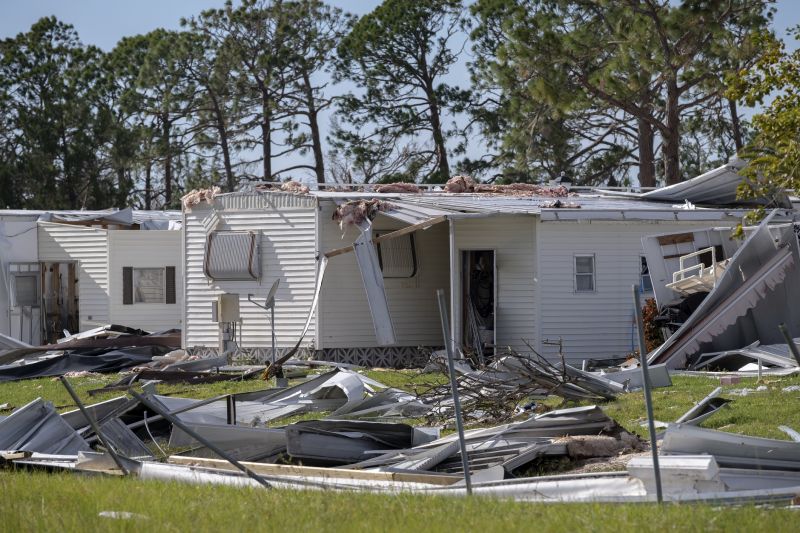
Inspecting roofs and exteriors after storms ensures proper evaluation of damage.
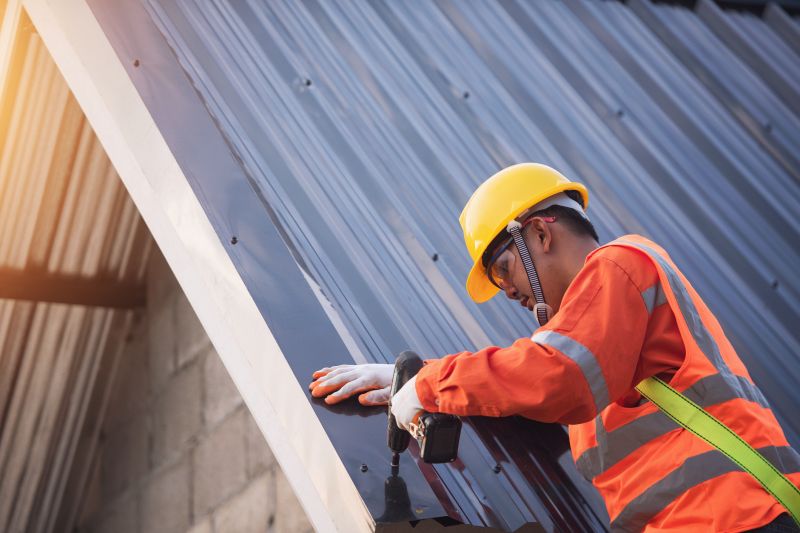
Scheduling repairs during stable conditions enhances safety and quality.

Preparing tools and materials during favorable weather expedites restoration processes.

Ways to make Storm Restorations work in tight or awkward layouts.
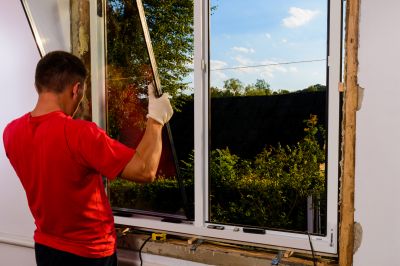
Popular materials for Storm Restorations and why they hold up over time.

Simple add-ons that improve Storm Restorations without blowing the budget.

High-end options that actually feel worth it for Storm Restorations.

Finishes and colors that play nicely with Storm Restorations.
| Season | Advantages |
|---|---|
| Spring | Moderate weather, longer daylight hours, ideal for inspections. |
| Summer | Consistent weather, optimal for major repairs, and quick turnaround. |
| Fall | Favorable conditions before winter, reduced storm activity. |
| Winter | Potential delays due to snow and ice, less ideal for extensive repairs. |
Storm restorations involve repairing and restoring properties damaged by severe weather events such as high winds, hail, and heavy rain. Proper timing ensures that repairs are completed effectively, preventing further damage and extending the lifespan of the property’s structural components. Accurate assessments, timely repairs, and weather considerations are critical elements in the restoration process. Statistics indicate that scheduling restorations during favorable weather reduces delays by up to 30% and decreases the likelihood of rework caused by weather-related issues.
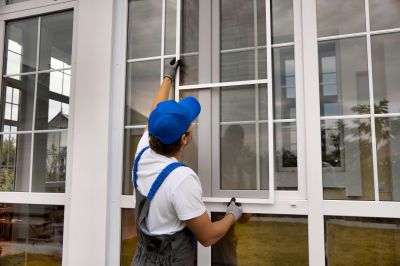
Restoring properties efficiently after storms reduces long-term damage risks.
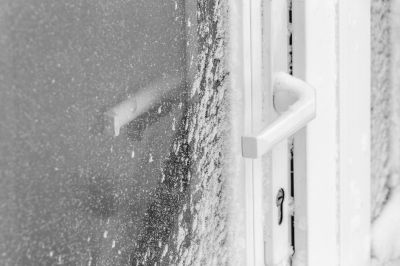
Timing repairs during stable weather ensures durability and safety.
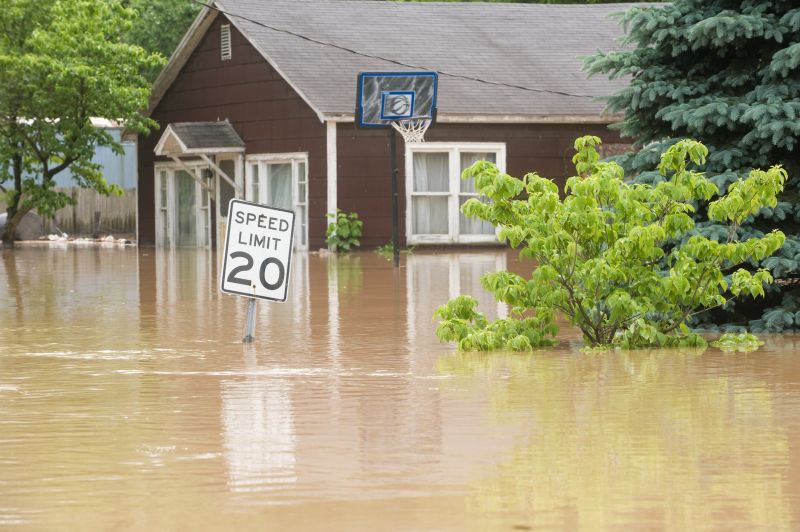
Early restoration planning helps mitigate storm impacts and accelerates recovery.
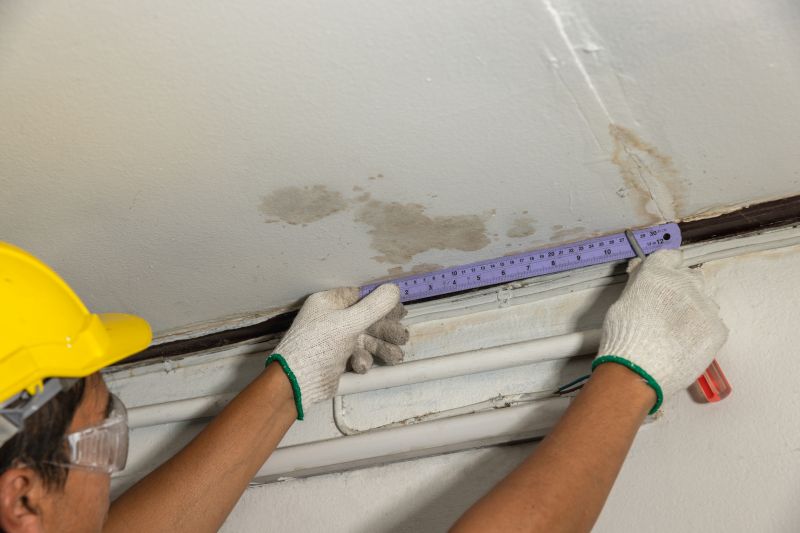
Little measurements that prevent headaches on Storm Restorations day.
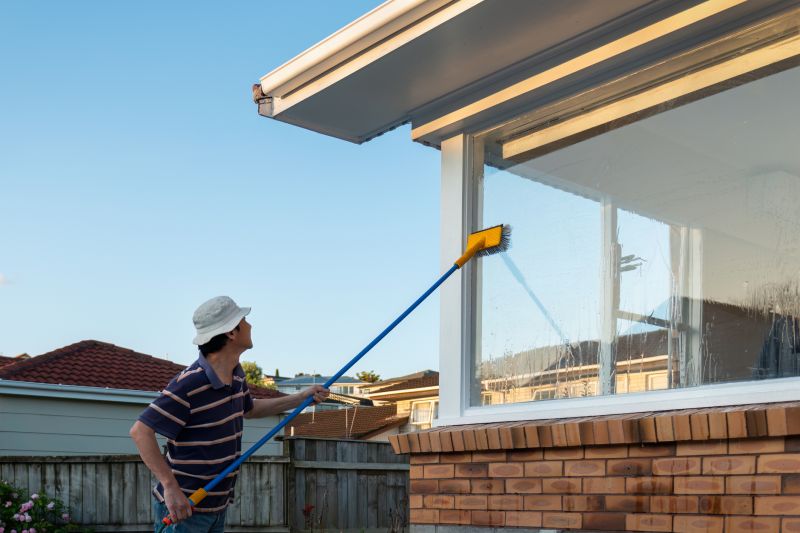
A 60-second routine that keeps Storm Restorations looking new.

A frequent mistake in Storm Restorations and how to dodge it.
Interested property owners in Warrenton, VA, are encouraged to contact for more information about optimal timing and restoration services. Proper scheduling can significantly impact the effectiveness and longevity of storm damage repairs.
